
About six years ago, I bought some kidskin gloves from Lavabre Cadet, one of the few boutique glovers left in France. A generation ago, France was one of the glove-making capitals of the world. Over fifty firms were located in the small, sleepy town of Millau, with hundreds of sewing machines chattering away. Today, only a handful of French firms remain, and among them, Lavabre Cadet is considered the best. Yves Saint Laurent, the man not the firm, once called them his glover of choice.
Up until the point I purchased these gloves, I had never spent so much on accessories. They’re lined in thin, ribbed silk and then delicately hand-sewn. Along with the company’s romantic backstory, this is how stores justify charging what they charge for Lavabre Cadet’s goods. But the real reason why I bought them is that I read an article by Réginald-Jérôme de Mans, a men’s style essayist and contributor to the now-defunct blog A Suitable Wardrobe. In February 2013, he wrote wistfully about a pair of Hermès gloves he lost somewhere in New York City. They were cashmere lined, hand-sewn, and made from kidskin, the finest, rarest, and most delicate of hand coverings. His recollection of them is almost dream-like.
“The name inside the gloves didn’t just mean expense and pretension, but expertise in craftsmanship and luxury of materials that literally no maker or brand anywhere else could equal,” he later wrote of them. “The indescribably soft, almost liquid, rippling French kidskin Hermès used in those gloves couldn’t be replicated. Nor could that soft but densely knit cashmere lining, let alone the painstaking skill it had taken Hermès’ glovemakers to finely yet durably hand-stitch them.”
After losing his gloves, RJ went in search of a replacement. Hermès turned him away, telling him that they could no longer source the same ultrasoft material, so he tried other makers: Sermoneta (“mediocre,” he described), Madova (“nice, but not as fine as my French original”), and Maison Fabre (“crumply”). He eventually settled on Lavabre Cadet, which he describes as subpar to old Hermès, but “by far the best of what is left.” I bought some based on his recommendation. When they arrived, they were indeed the most refined, most luxurious, and most expertly sewn gloves I had ever handled, but they didn’t match RJ’s butter-between-fingers description of his Hermès originals. They’re not even that much softer than my lambskin gloves, which cost a fraction of the price. I was left wondering whether glove-making was really better in the past.
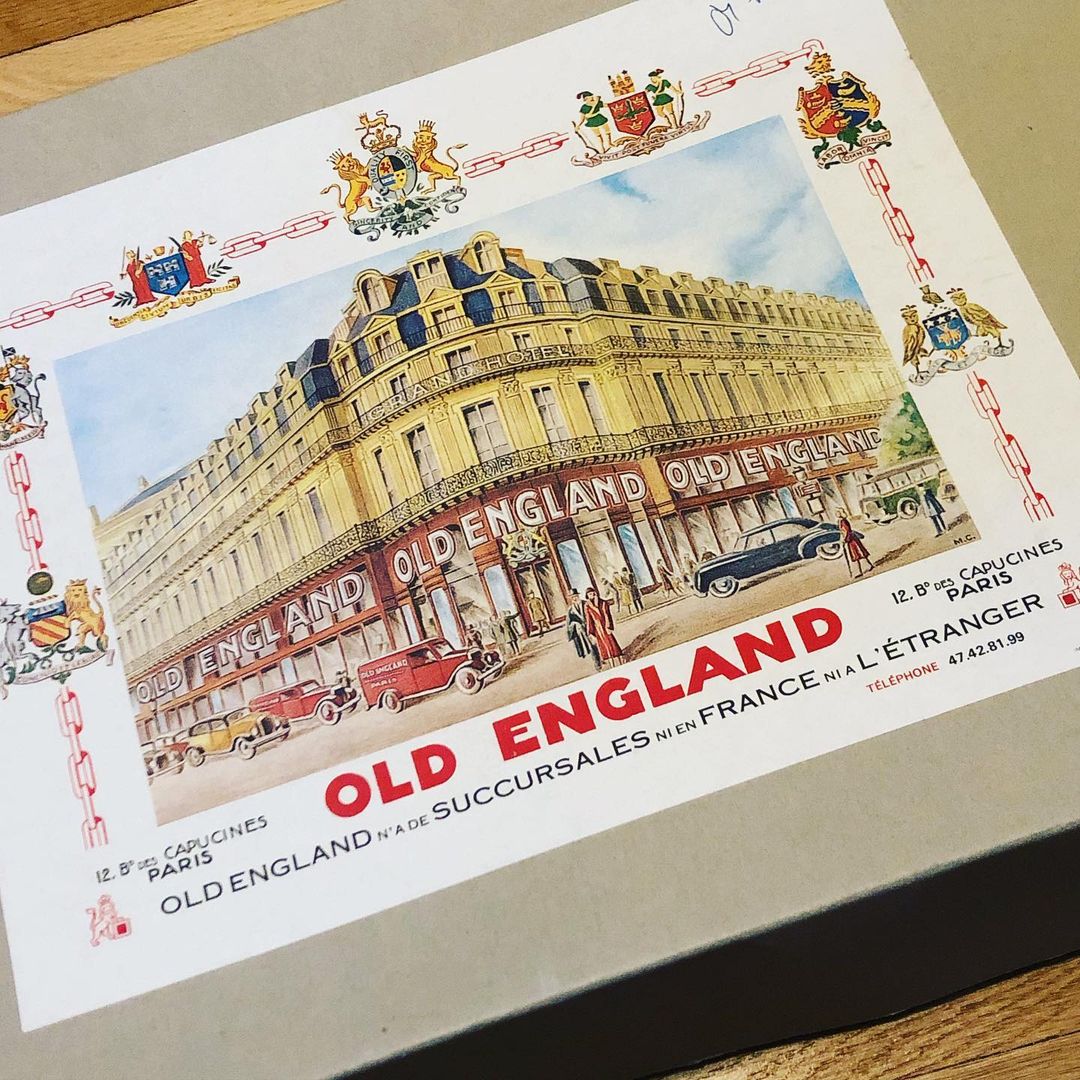
In some ways, this is the premise of RJ’s new book, Swan Songs: Souvenirs of Paris Elegance. The book is about Parisian makers and sellers of beautiful things who, over time, have disappeared either through closure or cosmically expanding prices. The book’s name comes from that metaphorical phrase for the last burst of song given before dying. It’s one of the best books I’ve read about classic men’s style. This is not a guide on how to dress well (for that, you can turn to Alan Flussers’ Dressing the Man). It’s also not a “picture book,” which characterizes the bulk of fashion publishing. Although superficial interesting, those books are cobbled together using licensed photographs and factoids from Wikipedia, which means you pick them up once and never again. And it’s not a vanity book, like the ones Ralph Lauren and Anderson & Sheppard have commissioned to help build their brand prestige (again, superficially interesting, but also like reading a lengthy press release).
Instead, this is a true connoisseur’s book, untainted by industry relationships or financial interest, written by someone with a pure heart and decades of interest in this subject. Each chapter is dedicated to a legendary Parisian maker or seller, some names now long forgotten: Old England, Arnys, Charvet, Sulka, Marc de Luca, Anthony Delos, and others. RJ has a clear-eyed view of their histories but never forgets what makes these places so special in the first place (he is not critical for the sake of seeming more authentic). Most importantly, this is not just a book about clothes, but “memories made material.” Those Hermès gloves were more than just an elevated accessory — they became the first item that led RJ down a seductive path to find the meaning of beautiful things.
The book’s first profile is on Old England, a massive, stately emporium for “goods more British than the British themselves.” Between their walls, you could find camelhair sweaters in “fiendishly conservative argyle patterns,” tweedy flat caps, luxurious picnic baskets, motorcycling goggles, covert coats, whangee umbrellas, and fancy brass button blazers with sporting motifs. The store represented a version of French Anglophilia so extreme, it bordered on the eccentric. But as RJ writes, the store’s offerings “defied cliché or bafflement only because of its presentation in majestic, unironic splendor.”
Up until the store closed in 2012, Old England stood standing for over 150 years. The shop survived two world wars, May 1968 riots rumbling past its windows, and even luxury conglomerates opening retail spaces nearby. But eventually, the sun set on Old England. A new generation’s neophilia replaced French Anglophia, and tweedy conservativism no longer seemed chic, but dusty and dour. Ralph Lauren overshadowed the store, making what was left of Anglo style seem sexier and more hip, and countless copycats only commodified the Anglaise aesthetic. Plus, as it has happened with so many modern brands, most notably and recently Brook Brothers, Old England’s massive real estate eventually became a financial burden, collapsing on itself and burying the company underneath.
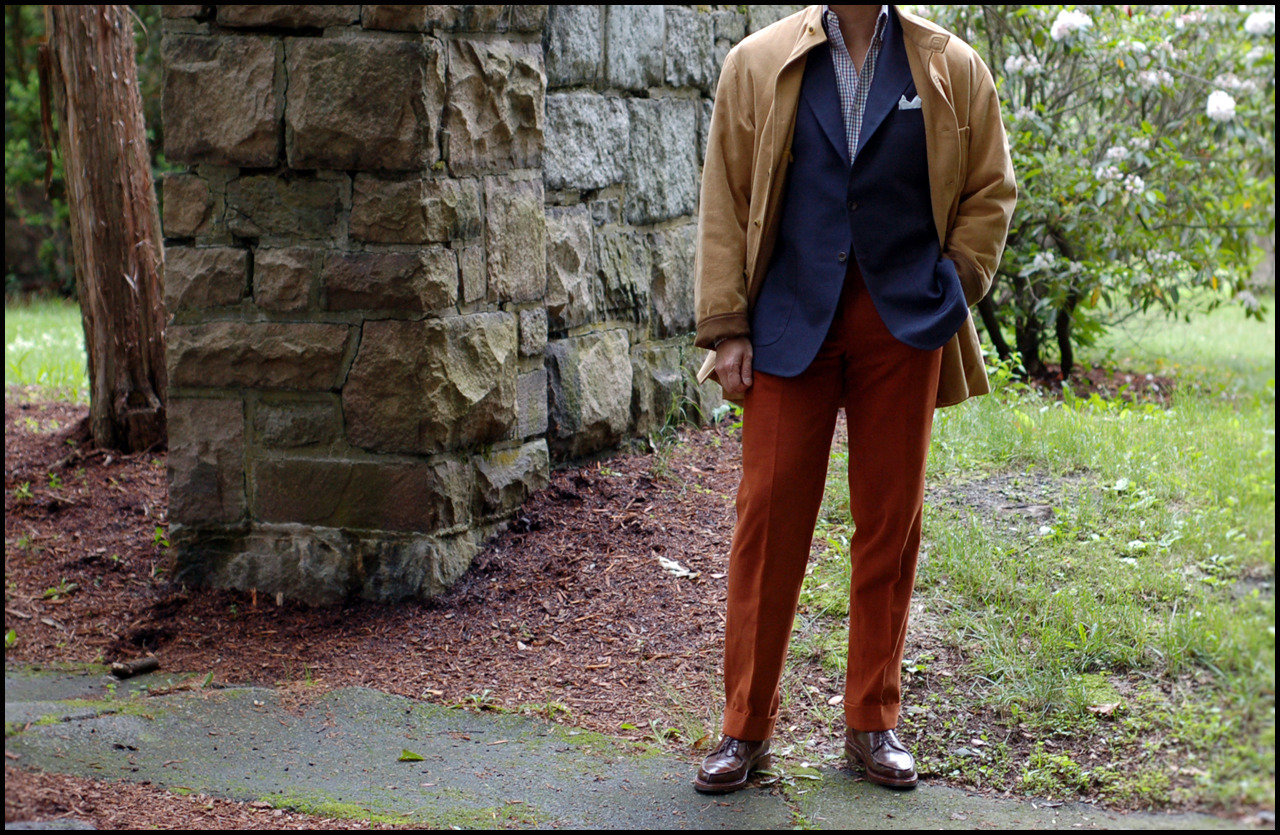
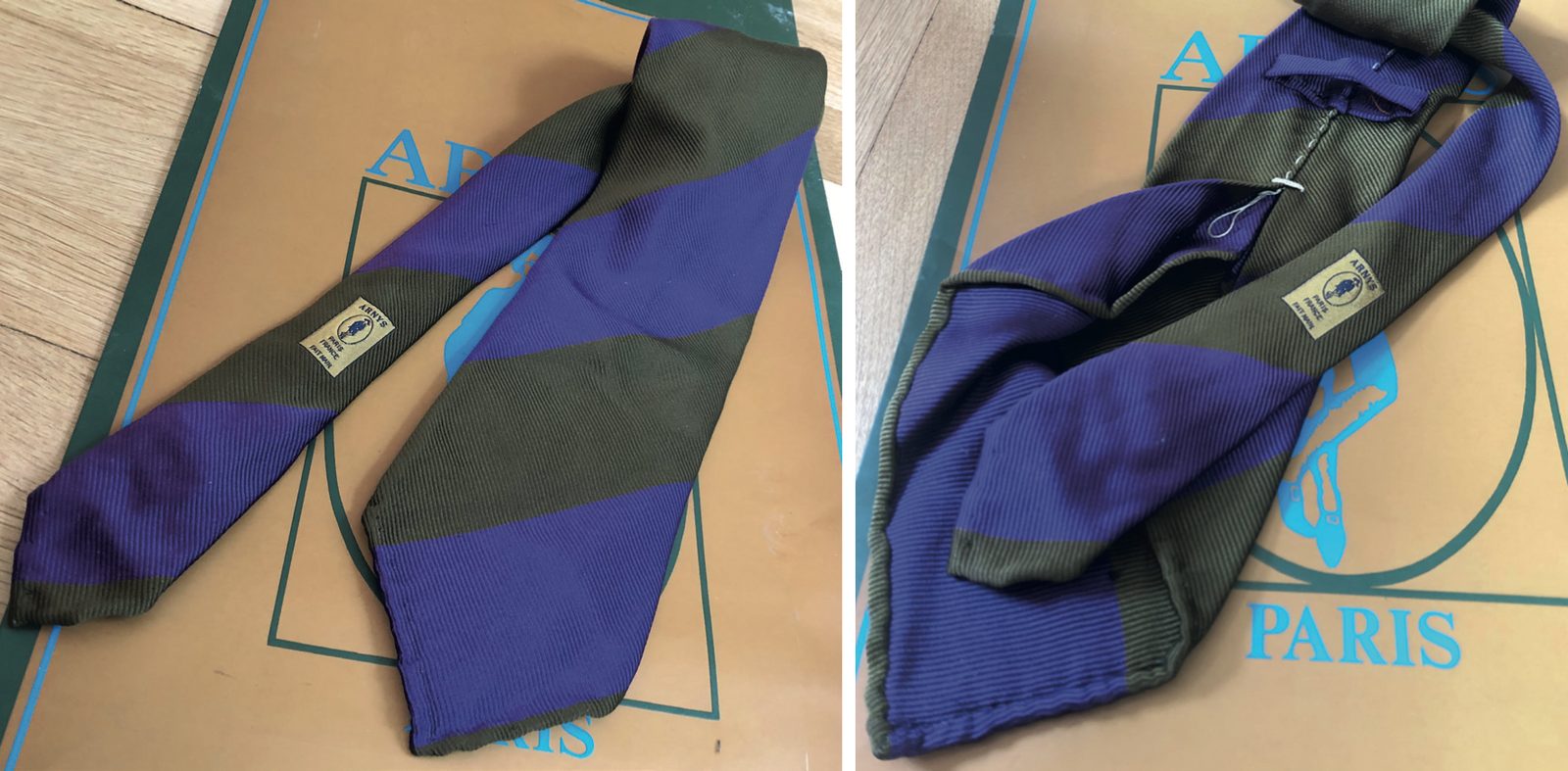
The first chapter serves as a good foil for the rest of the book, which is more focused on makers or stores that were more defiantly French, some with offshore headquarters but embodied a French aesthetic. The most striking example is Arnys, a store known for its expressive ties, aristocratic French aesthetic, and dandy flourishes (even their buttons are etched with the logo of a dandy striking a pose). Their most iconic garment is the Forestière, a loose-fitting, boxy, band-collar coat that Arnys tailor Léon Grimbert originally made for Le Corbusier. Corbu wanted something comfortable that wouldn’t ride up when he lifted his arm to write on chalkboards. The Forestière was perfect, and the design later made it into Arnys’ limited ready-to-wear collection. These days, it’s become something of a collector’s piece for people who appreciate menswear arcana. Second-hand versions sell for upwards of a thousand dollars on eBay. I’ve long dismissed the coat as being a terribly dorky garment buoyed only by its class associations, but after reading RJ’s au revoir to French elegance, I have a deeper appreciation for the design.
When you consider the history of men’s style over the last hundred years, it’s remarkable that Arnys even existed at all. For the first half of the 20th century, most men in the Western world looked to London for dress direction (Savile Row was once to men’s tailoring what Paris is to women’s dressmaking). British influence began to fade after WWI and went into freefall after WWII; American and Italian influences took the lead, but even those had a bit of Anglo flavor. The traditional notion of “good taste” is essentially Anglophilic and Brummellian (in his book Distinction, Pierre Bourdieu writes about the sociological origins of “good taste” and explores how it’s often just a mask for the ruling class’ preferences).
“Arnys lays claim to a Frenchness that pushed back against British, Brummellian restraint and sobriety,” RJ writes of the store. “Contra Brummell, Arnys was all about the noticeable. Arnys’ sportcoats and suits may have respected the basic grammar of business wear, but pockets were placed just slightly higher than normal for a more theatrical look, and jackets were shaped to close higher and to flare out just slightly at the bottom to define the wearer’s waist. Most unusually, the lapels of Arnys’ jackets had a peculiarly shaped fishmouth notch, an indefinably distinctive look.”
In a wonderful passage that characterizes much of the book, RJ has a clear-eyed view of the ridiculous, sometimes even sloppy construction of Arnys’ ties while reveling in the romance of it all. The company’s special line of luxurious neckwear was cut and sewn from thickly ribbed silk repp, folded over six or seven times, sloppily slip-stitched with contrast thread (so you notice the stitching), and then finished with handrolled, handsewn edges. “Arnys’ aesthetic was to appear artificially artisanal and self-consciously atavistic,” RJ describes. These ties were “performatively made to look handmade.”
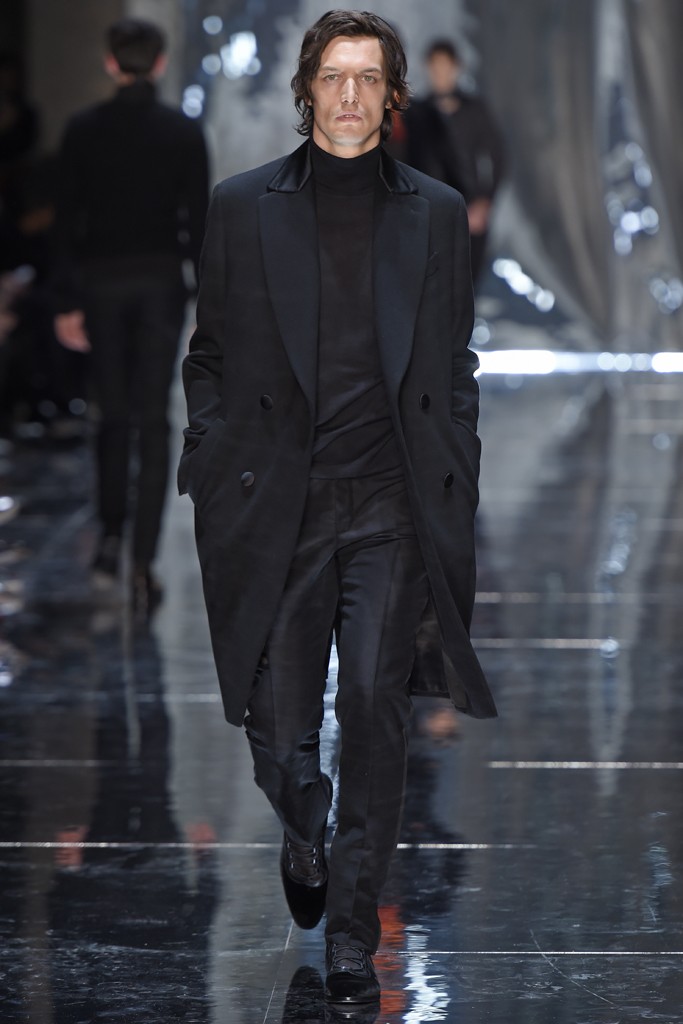
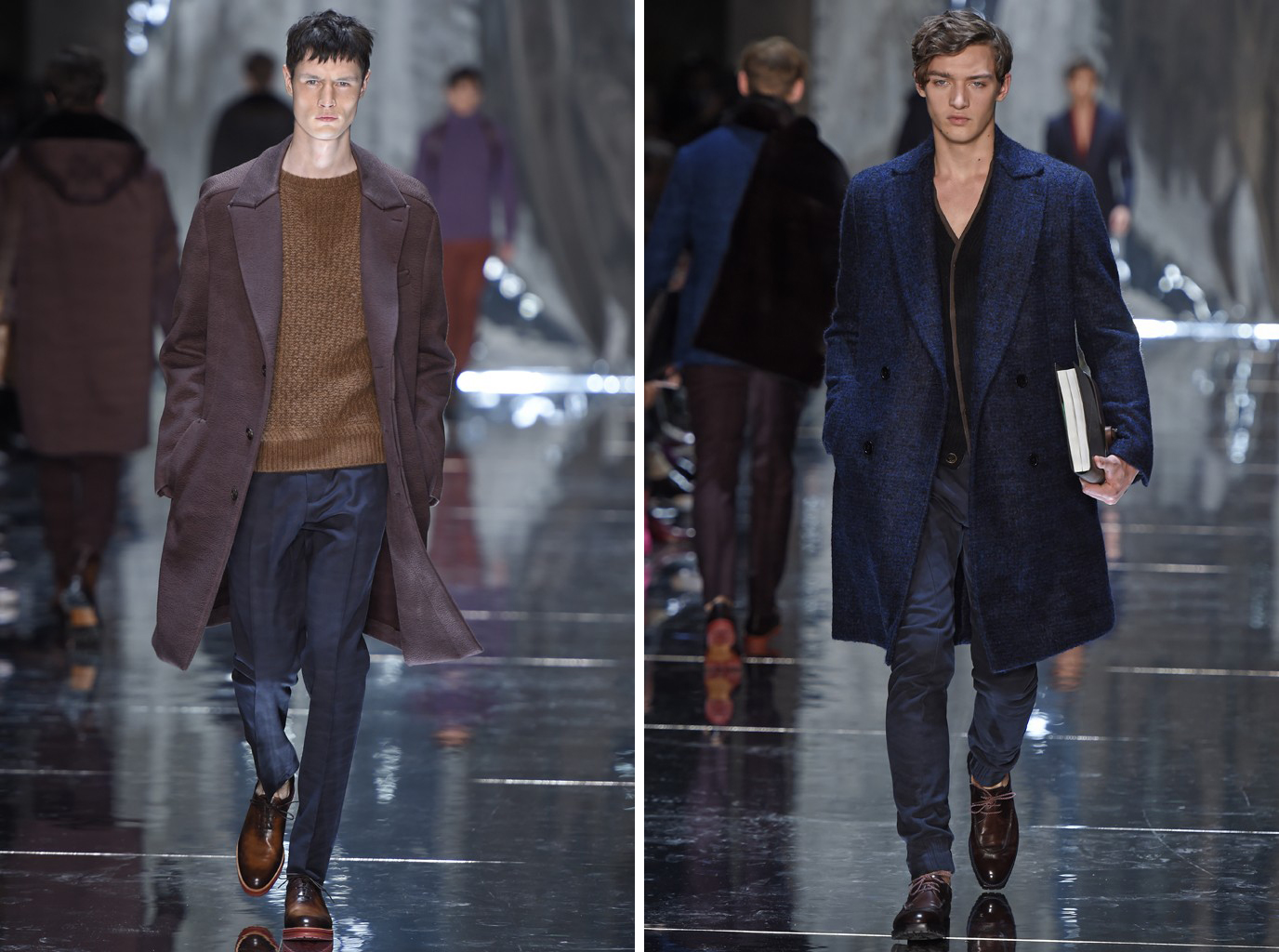
In 2012, Berluti’s parent company, LVMH, bought Arnys and folded it into its Berluti brand. At the time, Jean Grimbert, one half of the team that ran Arnys, told Simon Crompton at Permanent Style: “I think the two have the same spirit. You can see from the images from our Winter collection that there are things in common. This is my last collection. I am 66 and will retire. But I have a lot of confidence in Alessandro Sartori.”
In fact, that turned out to be their most colorful collection since LVMH’s acquisition. Arny’s once cheerful aesthetic has been replaced by a much darker and more brooding style, closer to the aesthetic of The Row or Zegna x Fear of God, which sells better on a global scale. The retail space that Arnys used to occupy has been since turned into a Berluti flagship, where inside, you can find a “bespoke tailoring club” and cheesy “patina bar” for your shoes. Like Old England, the sun also set on Arnys, but in a different way.
Readers might like Swan Songs because it gives a glimpse into a world of classic men’s clothing that is slowly disappearing. But there are also lessons here that one can apply to their beloved brands. Much of the book explores how companies faded, disappeared, or became folded into larger conglomerates. Indeed, the last chapter briefly explores how small businesses might survive in an increasingly globalized world where everything gets commodified. (Notably, the book is not strictly declinist. The back has a directory of worthy companies based in Paris.)
RJ writes: “My coat and my lost Hermès gloves had given me the fantasy of belonging, of being able to touch some nonexistent, more refined plane of existence. The Lavabre Cadet gloves I owned recaptured what was actually wonderful about my lost gloves: their very real quality of make and material, today incomparable, and the only fantasies they conjure is recapturing the innocent magic of an age when I did not know how good I had it, the unexamined grace of lost privilege.”
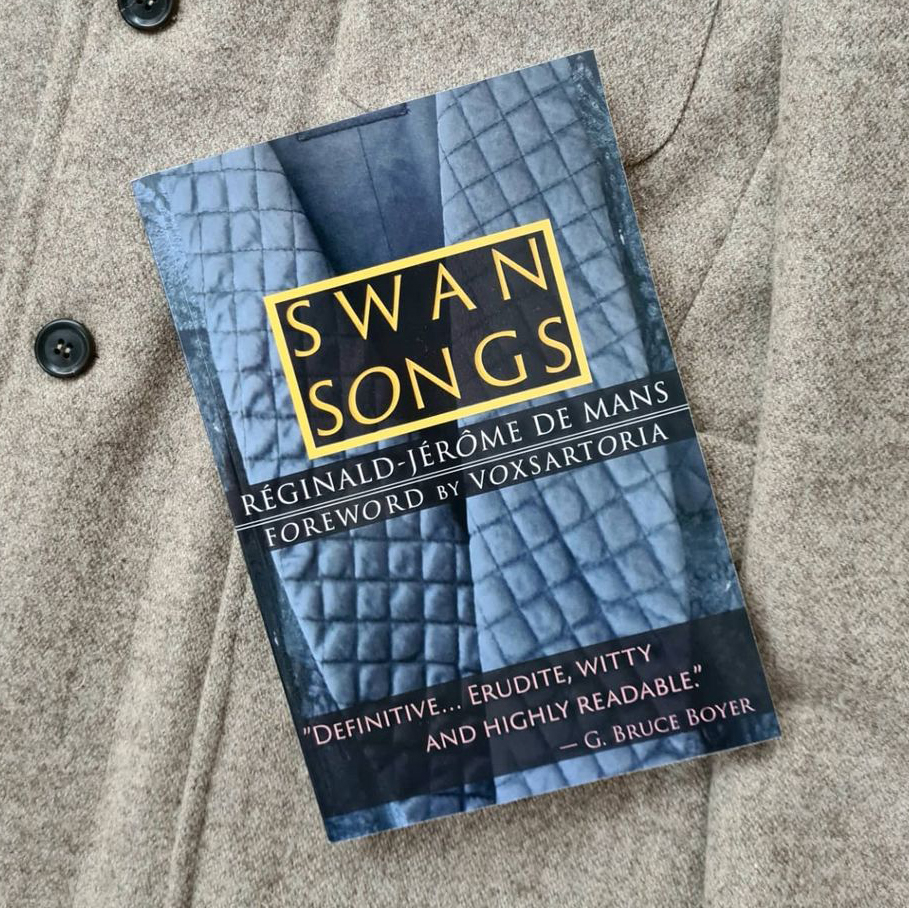
A couple of years ago, I wrote a post about the rise of “review culture,” where menswear discussions and reporting often fall into a writing style similar to Consumer Reports. People want to know whether something is well made and worth their money — fair questions, as clothing is increasingly expensive. But this sort of reporting often misses what’s enjoyable about clothing in the first place: the romance, backstories, culture, and simple feeling of putting something on. The best of “menswear reviewers,” Simon Crompton, recognized this when he awarded Musella Dembech “Artisan of the Year” in 2018. “This is a very emotional and subjective way to pick an artisan. It demotes all questions of value for money, and rides roughshod over technical points of style or craft. But it is also, I feel, something at the very core of how we commission bespoke clothing.”
Swan Songs is excellent for a similar reason. RJ never lets reality get away from him. The chapter on Anthony Delos sweeps away with the rationalizations that some give for spending so much money on shoes and challenges comfortably-held stereotypes and tropes. Yet, he also beautifully captures that indescribable feeling that everyone gets when they put on something special. This book could have only been written by someone with deep knowledge of the subject, decades of direct experience working with proud craftspeople, and an appreciation for the cultural history involved.
There’s something bittersweet about the timing of the book’s release. It comes about ten years after online menswear culture was obsessed with all things tailored and classic. In the last five or six years, as streetwear has replaced tailoring, classic clothiers and the businesses that supply them have struggled. Many classic clothiers are trying to find ways to casualize their offerings to stay relevant. One wonders if more people would have appreciated this evocative, meticulously researched book ten years ago. In a way, it’s a swan song for a kind of online menswear cuture that once existed.
At the moment, you can find Swan Songs on Amazon. No Man Walks Alone will also be carrying a limited number of signed copies.







